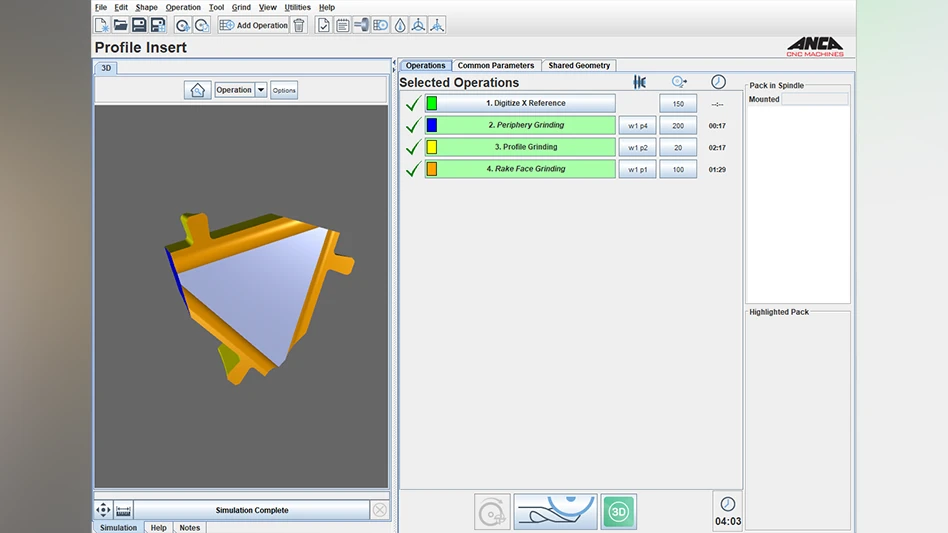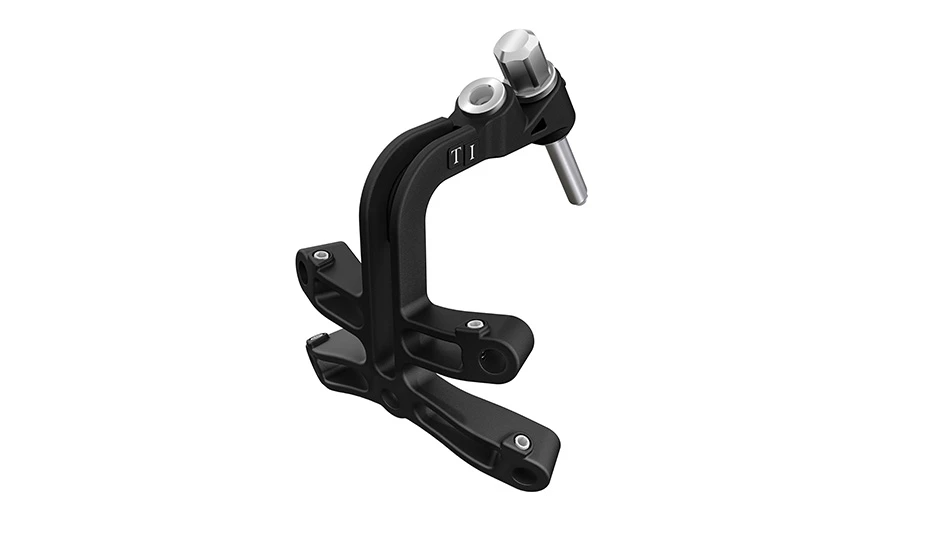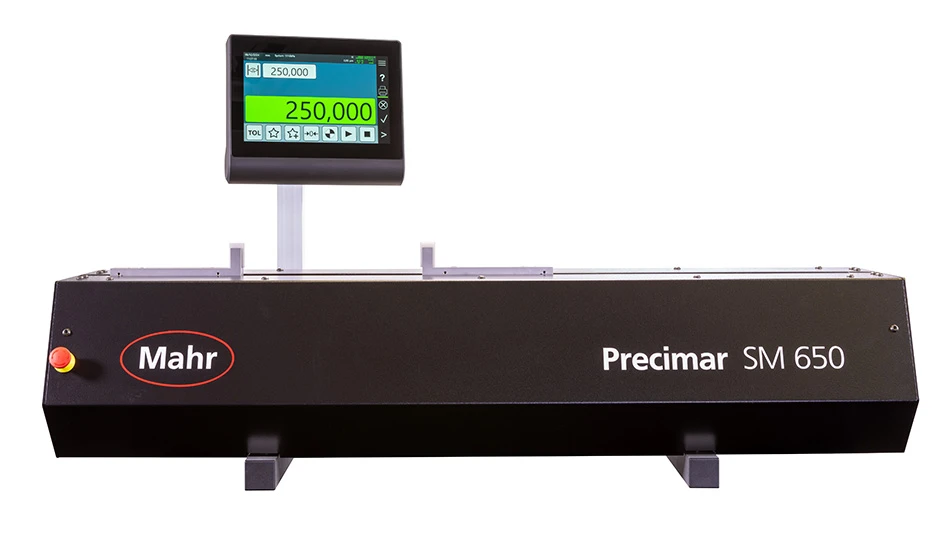
CREDIT: GWS TOOL GROUP
In this Manufacturing 101, we will explore the different types of carbide materials used in cutting tools. Carbide cutting tools are widely used in the manufacturing industry due to their hardness, durability, and high resistance to wear. Understanding the different types of carbides and their properties can help you choose the right tool for your application.
Tungsten carbide: Tungsten carbide is the most commonly used carbide material in cutting tools. It is a combination of tungsten and carbon and has high wear resistance and toughness and is used in a wide range of cutting tools, including drills, end mills, and inserts.
Titanium carbide: Titanium carbide is a tough carbide material that offers high resistance to wear and thermal shock. It is commonly used in cutting tools that work with abrasive materials, such as cast iron and stainless steel.
Tantalum carbide: Tantalum carbide is a rare carbide material that offers high hardness and wear resistance. It is commonly used in cutting tools that work with high-temperature materials, such as titanium and nickel alloys.
Chromium carbide: Chromium carbide is a tough carbide material that offers high resistance to wear and corrosion. It is commonly used in cutting tools that work with abrasive and corrosive materials, such as steel and cast iron.
Vanadium carbide: Vanadium carbide is a tough carbide material that offers high wear resistance and toughness. It is commonly used in cutting tools that work with high-temperature materials, such as titanium and nickel alloys.
Silicon carbide: Silicon carbide is a very hard and brittle carbide material that offers high wear resistance and thermal conductivity. It is commonly used in cutting tools that work with non-ferrous materials, such as aluminum and copper alloys.
Conclusion
Carbide cutting tools are widely used in the manufacturing industry due to their hardness, durability, and high resistance to wear. Understanding the different types of carbide and their properties can help you choose the right cutting tool for your application. Tungsten carbide is the most commonly used carbide material in cutting tools, but there are several other types of carbide, each with their unique properties and applications. By understanding the differences between these carbide materials, you can make an informed decision and achieve optimal results.
Latest from Today's Medical Developments
- Arcline to sell Medical Manufacturing Technologies to Perimeter Solutions
- Decline in German machine tool orders bottoming out
- Analysis, trends, and forecasts for the future of additive manufacturing
- BlueForge Alliance Webinar Series Part III: Integrate Nationally, Catalyze Locally
- Robot orders accelerate in Q3
- Pro Shrink TubeChiller makes shrink-fit tool holding safer, easier
- Revolutionizing biocompatibility: The role of amnion in next-generation medical devices
- #56 Lunch + Learn Podcast with Techman Robot + AMET Inc.





